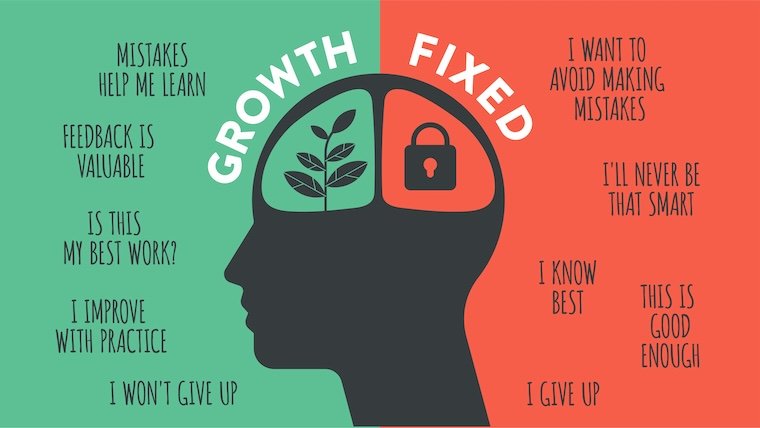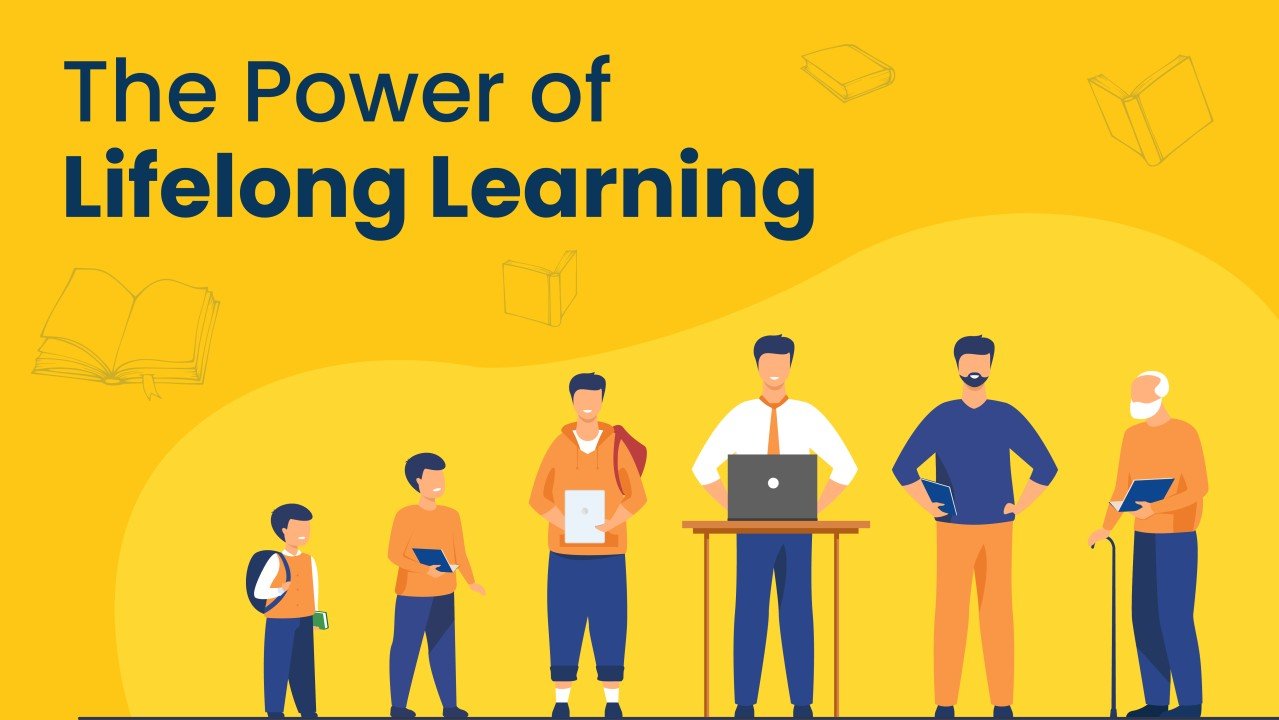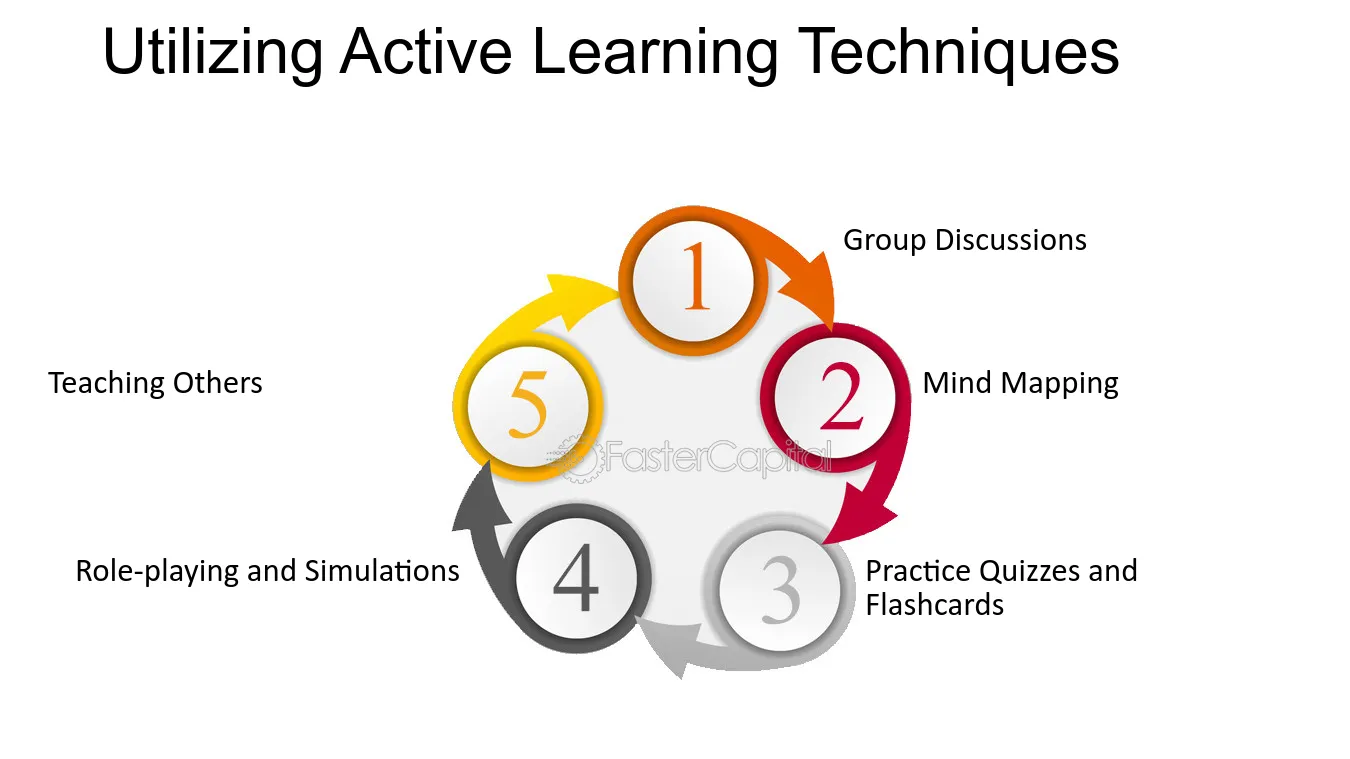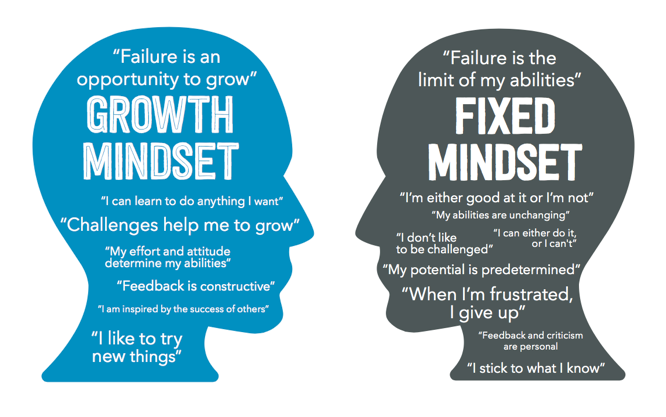Unlock Your True Potential: The Self-Improvement Secrets Education Experts Swear By

In a world that constantly evolves, self-improvement is no longer just an option but a necessity. Whether you’re a student, professional, or lifelong learner, the quest for self-betterment can unlock unprecedented personal and professional opportunities. This article delves into the self-improvement strategies endorsed by education experts, providing actionable insights to help you maximize your potential.
1. The Foundations of Self-Improvement
Before diving into specific strategies, it’s essential to understand the fundamental principles of self-improvement.

1.1 Growth Mindset vs. Fixed Mindset
Coined by psychologist Carol Dweck, a growth mindset is the belief that abilities and intelligence can be developed through dedication and hard work. In contrast, a fixed mindset views talents as innate and unchangeable.

Key Takeaway: Adopting a growth mindset fosters resilience, creativity, and a willingness to embrace challenges.
1.2 The Power of Lifelong Learning

Self-improvement thrives on continuous learning. Education experts emphasize that learning isn’t confined to formal settings but occurs through experiences, reading, and interactions.
Pro Tip: Develop the habit of learning something new every day, whether it’s a skill, a fact, or a concept.
2. Self-Improvement Secrets Backed by Education Experts
2.1 Set SMART Goals
One of the most effective ways to improve yourself is by setting goals that are Specific, Measurable, Achievable, Relevant, and Time-bound.

Why It Works:
- Provides clear direction.
- Enhances focus and motivation.
- Enables progress tracking.
Example: Instead of saying, “I want to learn data science,” set a SMART goal: “I will complete an online data science course and build two projects within six months.”
2.2 Embrace Microlearning

Microlearning involves breaking down information into bite-sized, manageable chunks. This method is particularly effective in today’s fast-paced environment.
Benefits:
- Improves retention.
- Fits into busy schedules.
- Encourages consistency.
How to Apply: Use apps like Duolingo or Khan Academy for short, focused learning sessions.
2.3 Leverage the Power of Feedback
Feedback is a cornerstone of improvement. Constructive feedback helps identify areas for growth and refines your approach.

Steps to Incorporate Feedback:
- Seek Feedback Regularly: Ask mentors, peers, or instructors for honest input.
- Act on Feedback: Develop an action plan to address the areas of improvement highlighted.
- Reflect: Evaluate how the changes improve your performance.
2.4 Adopt Active Learning Techniques
Active learning involves engaging with the material through discussions, problem-solving, and hands-on activities.

Techniques to Try:
- Feynman Technique: Teach what you learn to someone else to reinforce understanding.
- Practice Testing: Use quizzes and practice exams to test your knowledge.
2.5 Master Time Management
Effective time management is crucial for maximizing productivity. Education experts recommend strategies like the Pomodoro Technique, where work is broken into 25-minute intervals with short breaks in between.

Tools for Time Management:
- Trello: For task management.
- RescueTime: To track time spent on various activities.
- Google Calendar: To plan and schedule tasks effectively.
3. Harnessing Technology for Self-Improvement
Technology has revolutionized the self-improvement landscape. With the right tools, you can streamline your learning process and track your progress.

3.1 Online Learning Platforms

Platforms like Coursera, edX, and Udemy offer a wealth of courses on diverse topics, often taught by industry leaders and academic experts.
Tip: Choose courses with hands-on projects and certifications to boost your portfolio.
3.2 Educational Apps

Apps such as Headspace for mindfulness, Lumosity for cognitive training, and Notion for productivity enhance your learning and personal growth.
3.3 Gamification of Learning

Gamification adds elements like points, badges, and leaderboards to learning processes, making them more engaging.
Example: Duolingo uses gamification to help users learn new languages, turning the process into an addictive, game-like experience.
4. Building Habits for Long-Term Success
Habits are the building blocks of self-improvement. According to James Clear, author of Atomic Habits, small, consistent actions lead to remarkable long-term results.

4.1 The Habit Loop
A habit loop consists of three components:
- Cue: A trigger that initiates the habit.
- Routine: The habit itself.
- Reward: The benefit gained from completing the habit.
Example: If your goal is to exercise regularly:
- Cue: Laying out your workout clothes the night before.
- Routine: Completing a 30-minute workout.
- Reward: Feeling energized and accomplished.
4.2 Start Small
Education experts recommend starting with manageable changes. For example, if you want to read more, begin with 5-10 minutes a day and gradually increase the time.
4.3 Track Progress
Monitoring your habits reinforces consistency. Use habit-tracking apps like Habitica or Streaks to visualize your progress.
5. The Role of Mindset and Mental Health in Self-Improvement
Self-improvement isn’t just about acquiring skills; it’s also about cultivating a healthy mindset and prioritizing mental well-being.

5.1 Practice Mindfulness
Mindfulness enhances focus and reduces stress by bringing your attention to the present moment. Techniques like meditation and deep breathing are scientifically proven to improve mental clarity.
Try This: Start with 5 minutes of mindfulness meditation daily using apps like Calm or Insight Timer.
5.2 Overcome Limiting Beliefs
Limiting beliefs, such as “I’m not good at math” or “I can’t lead a team,” hinder growth. Education experts advocate for cognitive reframing, a technique that involves identifying and challenging these beliefs.
5.3 Maintain a Growth-Oriented Environment
Surrounding yourself with supportive, like-minded individuals fosters growth. Join study groups, attend workshops, or participate in online communities aligned with your goals.
6. Measuring and Reflecting on Progress
Reflection is a vital part of the self-improvement journey. Regularly assessing your progress helps you stay on track and adjust your strategies.

6.1 Journaling
Maintain a journal to document your achievements, challenges, and lessons learned. Journaling not only tracks your growth but also provides motivation and clarity.
6.2 Periodic Self-Assessments
Every few months, review your progress against your goals. Ask yourself:

- What have I achieved so far?
- What challenges have I faced?
- How can I improve my approach?
6.3 Celebrate Milestones
Recognizing and celebrating achievements, no matter how small, boosts motivation and reinforces positive behaviors.
7. Case Study: A Real-Life Self-Improvement Journey
Meet Jessica: The Lifelong Learner
Jessica, a marketing professional, realized she needed to upskill in data analytics to stay competitive in her field. She adopted a structured self-improvement plan:

- Set a SMART Goal: Complete a data analytics certification in six months.
- Leverage Microlearning: Used platforms like LinkedIn Learning for short, daily lessons.
- Seek Feedback: Shared her project work with mentors for constructive criticism.
- Build Habits: Dedicated one hour each morning to learning and tracked her progress.
- Reflect and Adjust: Periodically reviewed her progress and refined her learning strategies.
Outcome: Jessica successfully earned her certification and secured a promotion within her company, exemplifying the power of a well-executed self-improvement strategy.
Conclusion
Unlocking your true potential requires commitment, strategic planning, and the right tools. By adopting the self-improvement secrets shared by education experts—such as setting SMART goals, leveraging technology, and fostering a growth mindset—you can accelerate your personal and professional growth. Remember, the journey to self-improvement is ongoing, but with consistency and dedication, the results are transformative.




